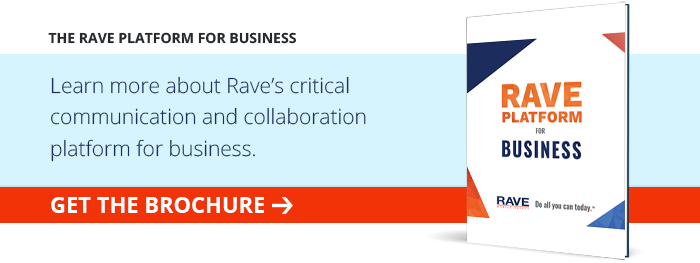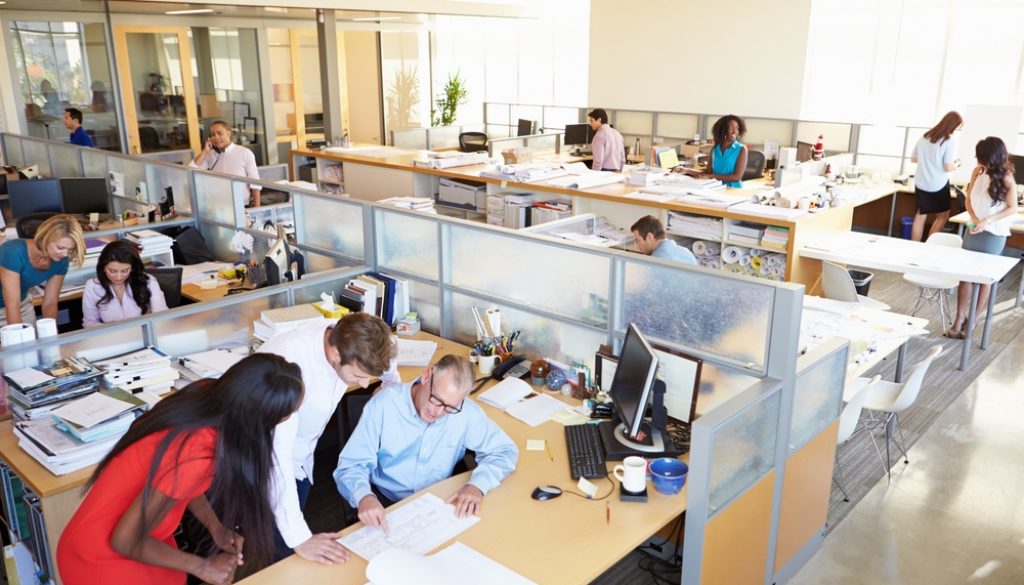4 Critical Workplace Safety Resolutions for 2022
2022 is full of uncertainty for those in charge of the safety and wellbeing of employees. Many workplaces like offices or manufacturing and healthcare facilities are still making adjustments following the COVID-19 outbreak. Although it seems likely that 2022 will be the year the world resumes some sort of normalcy, it’s still unclear exactly when that will occur.
Equally opaque is which workplace safety priorities will be top of mind when this happens. The new normal is still hazy, making it difficult to know what efforts to prioritize and which capabilities will be necessary.
Regardless of what the future holds, several clear safety resolutions can help you overcome any future challenges. Ensure that you’re prepared for both emergencies and the day-to-day by focusing on these key safety resolutions in 2022 and beyond.
1. Proactively Address Any Safety Gaps
The coronavirus outbreak has had many companies and healthcare organizations focusing on where to prevent illness exposure. However, there are many other components that need to be addressed outside of these more recent challenges.
It’s clear why you may need to do things like monitor employee health to ensure that no one enters the workplace while feeling sick or after testing positive for COVID-19. But that communication goes both ways, which means employees need the ability to anonymously share any of their own safety concerns or needs.
In addition, now is the time to schedule your organization’s required number of safety drills while also establishing a system for tracking this and all other compliance efforts. It‘s the ideal environment to test out or implement tools like Rave Collaborate that can automate tasks, such as scheduled activities and compliance tracking for daily COVID mitigated activities like following cleaning protocols.
See How Rave Collaborate Works
Ensure you’re following regulations and meeting all requirements by planning out when and how drills will be conducted, along with a system for reviewing performance and finding areas for improvement. If improving safety compliance is on your list of yearly goals, it can make all the difference if you’re able to assign tasks as part of drill management or track regular completion of protocols. By doing this, your team will be familiar with these systems now and be better prepared for the future.
2. Integrate and Optimize Your Communication Strategy
Don’t be surprised if a large portion of the workforce remains remote even after coronavirus restrictions are lifted. In a recent survey, 40% of respondents said their companies plan to keep majority of their workforce remote permanently. Regardless if working from home remains a fixture, continued communication and the ability to access information from anywhere is top of mind, with 90% of respondents reporting that their top priorities were digital transformation and cloud-managed services.
As these digital adjustments continue, organizations must have all the capabilities necessary for both planned and unplanned events. For example, a company can use Rave Alert to send out messages to segmented groups, such as only targeting messaging to those in the workplace after reports of an active assailant. An incident like this would also require other actions, such as swiftly sharing information among key stakeholders, or defining and assigning important tasks such as calling 9-1-1.
A solution like Rave’s Collaborate helps teams manage all this by providing complete tactical incident collaboration. Because it integrates with the Rave Alert notification system, key information can be automatically communicated, and the status of tasks can be continually updated, making it clear what needs to be done and when. With everything under the same umbrella, you’ll have a complete picture of the situation so your team is always ready to leap into action.
Additionally, this can be helpful during planned events. Systems like Rave Collaborate can expand safety compliance efforts by assigning tasks as part of managing routine safety drills. It can also assist with tracking daily or regular protocols that need to take place, such as tracking cleaning efforts to prevent illness exposure in the workplace. With the ability to track compliance activities, you’ll be able to proactively ensure that you’re prepared.
3. Revisit Your Emergency Response Plans
Effective emergency response requires having everything ready even before it’s needed. If an incident like a sudden bomb scare were to occur, would it be immediately clear who was in charge or what was the proper plan for a response? Would everyone know if they had a defined task, and would it be possible to quickly gather key stakeholders and decision makers?
Most importantly, would the answers for these questions be available rapidly and automatically? If not, your team must establish a way to ensure that all this is addressed now and not during the chaotic time crunch of an actual emergency.
Establishing a system of collaboration and communication like Rave Collaborate is crucial for efficiency as well as safety. In the words of Inova Health’s director of systems management Jonathan Amburg, “Disaster preparedness starts and ends with communication. Sometimes in healthcare that factor can be overlooked. With Rave, the ability to integrate with other systems has been a blessing for us when it comes to sending strategic key messaging. There’s so much necessary communication that would be incredibly hard to do if we didn’t have Rave.”
4. Assess Your Tech
Everyone has already made massive adjustments to account for the coronavirus and the new normal that has materialized. Because it’s only natural to have different needs in different times, more evolving may be necessary when restrictions are lifted. This means that now is the time to assess and evaluate the tools and technology you use and determine if they can help meet your needs in the future. Another factor to consider is whether technology can help you automate any processes to save time and effort.
For example, The pork producer Seaboard Foods discovered the value of automation when confronted with the need to notifying quarantined employees when they were in the clear to return to work. Leveraging the Rave platform gave them the ability to schedule automated messages and segment large groups of employees.
By selecting solutions that are from the same vendor and easily integrate with each other, you’re better positioned to create a system that can be simplified, streamlined and scalable. For example, using Rave means safety drills can be conducted with the same system that would be in place during an emergency. Because safety drills will mirror incident protocol, everyone will be familiar and comfortable with the system, so they’re ready to spring into action in the event of an actual emergency.
Learn How You Can Start 2022 on the Right Foot
It’s no secret that you’ll have different needs in different times. The real question to ask is whether you have the tools and communication capabilities to adapt and meet those needs. Rave’s platform is helping teams communicate before, during and after critical incidents and during the day-to-day, while providing the capabilities necessary for incident management and regular operational communication. 




